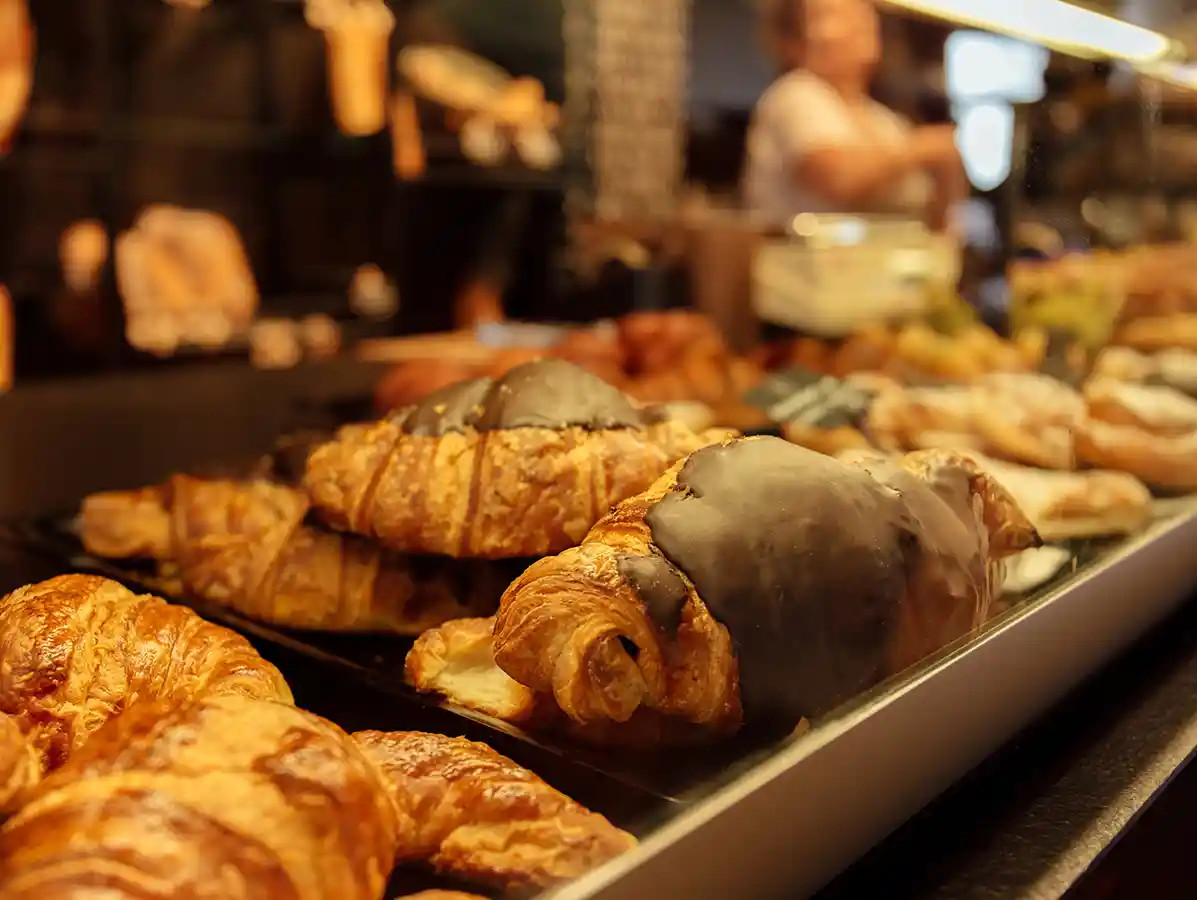We're currently searching through more than 4,000 articles, just a moment's patience...
We're currently searching through more than 4,000 articles, just a moment's patience...

Despite the rapid rise of online shopping, physical stores remain a key part of the Dutch economy; including in the food industry. While non-food is clearly declining, food retail continues to grow, both in store numbers and total floor space.
Since 2010, the total number of brick-and-mortar stores has dropped by nearly a quarter. In food retail, the impact has been more limited: a net loss of 1,334 stores was offset by the addition of 600 new supermarkets and over 200 mini-supermarkets. Growth is mainly driven by larger store formats. In non-food, almost 30% of stores have disappeared.
While the total retail floor space has remained more or less stable, there has been a clear shift. Food retail expanded its floor area by 25%, largely due to the growth of supermarkets. Non-food, on the other hand, saw a 7% decline. As a result, producers and suppliers in the food sector are increasingly focusing on larger outlets in out-of-town locations, rather than smaller specialty shops in city centers.
Retail and wholesale businesses are facing a tight labor market and stagnating productivity. The food sector is no exception. Technologies such as data analysis, robotics, and artificial intelligence can improve efficiency, but require investment and a willingness to change. “When it comes to retaining staff, there’s still a long way to go.”
Source: Rabobank
Vakblad Voedingsindustrie is a project of b2b Communications BV.
© COPYRIGHT 2025 VOEDINGSINDUSTRIE | ALLE RECHTEN VOORBEHOUDEN
Powered by Wallbrink Crossmedia © 2025
Een abonnement kost € 80,- exclusief 9% BTW per jaar.

We work in accordance with the privacy legislation. After your registration you will receive an e-mail with a confirmation link. Only after you have clicked on this link will you be registered as a recipient of the newsletter. If you can't find the e-mail in your inbox, please also look at unsolicited e-mail.


Lorem ipsum dolor sit amet, consectetuer adipiscing elit. Aenean commodo ligula eget dolor. Aenean massa. Cum sociis natoque penatibus et magnis dis parturient montes, nascetur ridiculus mus. Donec quam felis, ultricies nec





